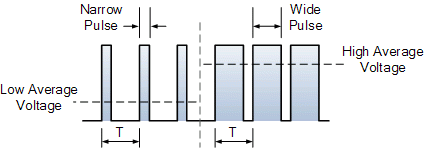Silicon mold preparation
- Mayar Mohamed
- Sep 18, 2021
- 1 min read
Updated: Nov 13, 2021
For the composite specimen preparation, a silicon rubber mold was used. According to ASTM standards, a specimen were drawn using Autodesk Inventor for each test, and manufacturing from Acrylic material due to its lower cost than steel. Silicon rubber and hardener were mixed in the ratio 100:2 for 10 minutes, evacuated, and poured over the acrylic specimen pattern. The rubber was left to cure for 6 hours, then further demolded process was done, providing negative cavities of desired testing specimen dimensions.
Procedures:
· Clean the table surface with aceton.
· Use wooden sticks to make the barriers of the mold, and putting the acrylic patterns inside the wooden frame as shown in figure 1.
· Weight the silicon rubber 100 g then add 2 g hardener as shown in figure 2.
· Mix the mixture well.
· Pouring the mixture inside the wooden frame “ above the acrylic pattern “.
· Left it for curing for 6 hrs.

Figure 1: Use wooden sticks to make the barriers of the mold, and putting the acrylic patterns inside the wooden frame

Figure 2: Weighting the silicon rubber 100 g then add 2 g hardener, and mixing the mixture.

Figure 3: Negative silicon rubber mold after curing






Comments